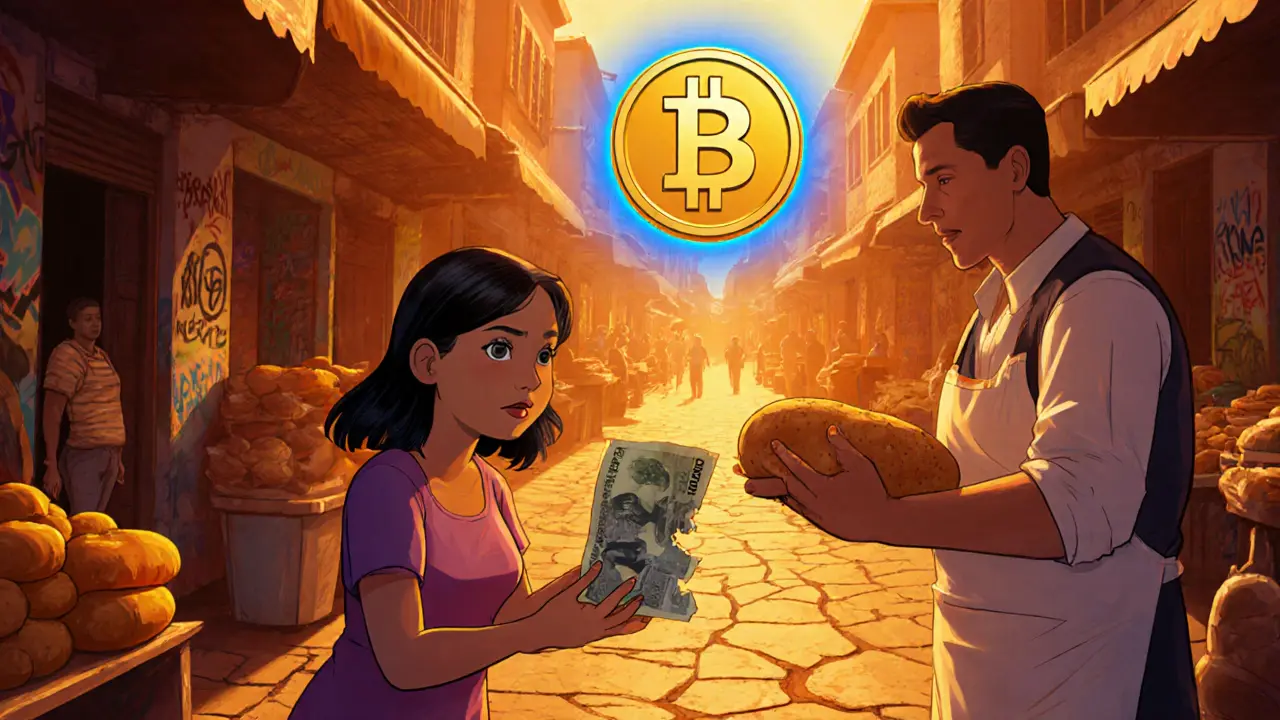Explore how Bitcoin and stablecoins have become survival tools in Venezuela's economic crisis, with data, real stories, benefits, risks, and future outlook.
Bitcoin Adoption: How Users Around the World Embrace the Leading Crypto
When we talk about Bitcoin adoption, the growing practice of individuals, businesses, and even governments using Bitcoin for payments, savings, or investment. Also known as BTC uptake, it reflects a shift from niche speculation to everyday finance.
One of the biggest drivers behind this shift is cryptocurrency regulation, the set of laws and guidelines that dictate how Bitcoin can be bought, sold, and used in a given jurisdiction. Clear rules often make wallets and exchanges feel safer, which in turn fuels more people to try Bitcoin. At the same time, crypto taxation, the way governments tax Bitcoin profits, capital gains, or income can either encourage or discourage adoption depending on how heavy the tax burden is.
Regulation influences Bitcoin adoption by setting the legal playing field; taxation shapes Bitcoin adoption by determining the cost of entry; and government bans drive alternative adoption methods. When a country clamps down, users often turn to peer-to-peer trading, direct exchanges between individuals without a centralized platform. This decentralised approach keeps Bitcoin flowing even when official channels are blocked.
Key Factors Shaping Bitcoin Adoption
In places with hyperinflation, like Venezuela, Bitcoin becomes a hedge against a collapsing local currency. Residents use it to preserve wealth, pay for goods, and receive remittances. Meanwhile, tax‑friendly hubs such as the UAE offer zero personal and capital‑gains tax on crypto, prompting traders to set up operations there. These real‑world examples show how economic pressure and favorable tax regimes can accelerate adoption.
Conversely, strict bans in countries like China and Kuwait push users toward offshore exchanges or informal networks. China’s crackdown, enforced through Alipay and WeChat Pay, has forced many to switch to the Lightning Network or other layer‑2 solutions to keep transactions fast and low‑cost. In Kuwait, the outright mining ban forces hobbyists to move their rigs abroad, but the trading community still finds ways to buy Bitcoin through peer‑to‑peer platforms.
Another catalyst is the rise of crypto‑friendly exchanges that provide transparent fee structures and robust security. Reviews of exchanges such as FOBLGATE or Burency Global show that when users trust the platform, they’re more likely to increase their Bitcoin holdings. Security incidents or custodial risks, however, can quickly reverse that trust and stall adoption.
Educational resources also play a part. Guides that break down how to set up a non‑custodial wallet, how to verify a transaction, or how to calculate tax obligations lower the entry barrier for newcomers. When people understand the basics, they’re less scared of hacking threats or regulatory uncertainty.
Looking ahead, upcoming developments like Central Bank Digital Currencies (CBDCs) and improved Lightning Network routing may further embed Bitcoin into everyday commerce. If governments choose to integrate Bitcoin into their financial infrastructure, adoption could skyrocket; if they double down on bans, the underground ecosystem will become more sophisticated.
Below you’ll find a curated list of articles that dive deep into each of these angles – from exchange risk analyses and airdrop guides to country‑specific tax breakdowns and sanction updates. Whether you’re curious about how Bitcoin is surviving bans, looking for the best tax‑efficient jurisdiction, or just want practical steps to start using Bitcoin, the collection ahead covers the full spectrum of adoption challenges and opportunities.





